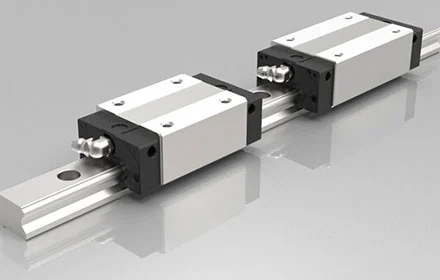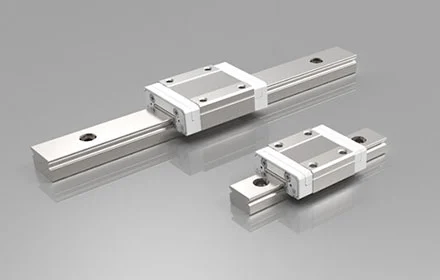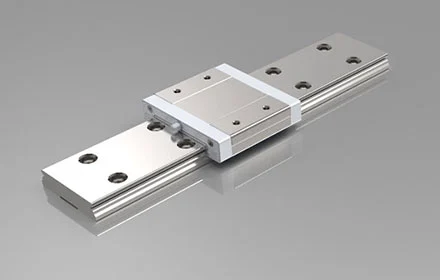In the pursuit of a sustainable future, the renewable energy sector stands at the forefront of innovation. Among the technological advancements driving efficiency and reliability in this sector, linear slide tables play a crucial role in optimizing the functionality of renewable energy systems. From solar panel positioning to wind turbine control, the precision offered by linear slide tables is instrumental in maximizing the output of these environmentally friendly energy sources.
In solar energy systems, the efficiency of solar panels is directly linked to their orientation towards the sun. Linear slide tables come into play as integral components that optimize the positioning of solar panels throughout the day. By incorporating these tables into solar tracking systems, panels can follow the sun's trajectory with precision, ensuring that they capture the maximum amount of sunlight. The controlled linear motion facilitated by the linear slide tables enhances the energy harvesting capability of solar arrays, ultimately improving the overall efficiency and output of solar power systems.
The adaptability of linear slide tables to varying load capacities and environmental conditions is particularly valuable in the context of solar panel positioning. Whether it's a residential solar installation or a large-scale solar farm, the customizable nature of linear slide tables allows for seamless integration into diverse solar energy applications.
Wind energy, another cornerstone of renewable power, relies on the controlled movement of wind turbines to harness the kinetic energy of the wind. Linear slide tables contribute to the optimization of wind turbine control systems, ensuring that the turbine blades are precisely positioned for optimal energy conversion. The linear motion provided by these tables allows for the fine-tuning of blade angles and orientations, maximizing the efficiency of energy capture from varying wind speeds and directions.
The role of linear slide tables in wind turbine control extends beyond efficiency—it also plays a critical role in ensuring the longevity of the equipment. The controlled linear motion facilitated by these tables reduces wear and tear on mechanical components, contributing to the overall durability and reliability of wind turbines in renewable energy systems.
Renewable energy systems often operate in dynamic and unpredictable environmental conditions. Linear slide tables, with their adaptability and precision, offer adaptive solutions that can thrive in diverse settings. Whether it's the harsh weather conditions of a wind farm or the varying angles of sunlight in different geographical locations, linear slide tables can be customized to meet the specific challenges posed by renewable energy applications.
The ability of linear slide tables to operate reliably in changing conditions not only enhances the performance of renewable energy systems but also contributes to the overall resilience and sustainability of these systems. In the face of climate variability, the precision and adaptability offered by linear slide tables become valuable assets in ensuring consistent energy production.
As the global community intensifies its commitment to sustainable energy solutions, the role of technologies like linear slide tables becomes increasingly prominent. In the realm of renewable energy systems, these tables stand as silent contributors, optimizing the performance of solar panels and wind turbines to harness clean and abundant sources of power.
In conclusion, linear slide tables are emerging as key players in the optimization of renewable energy systems. Their precision, adaptability, and reliability make them indispensable components in the quest for sustainable energy solutions. Whether capturing the sun's energy or harnessing the power of the wind, linear slide tables are navigating the way towards a future where renewable energy plays a central role in meeting the world's growing energy needs.


